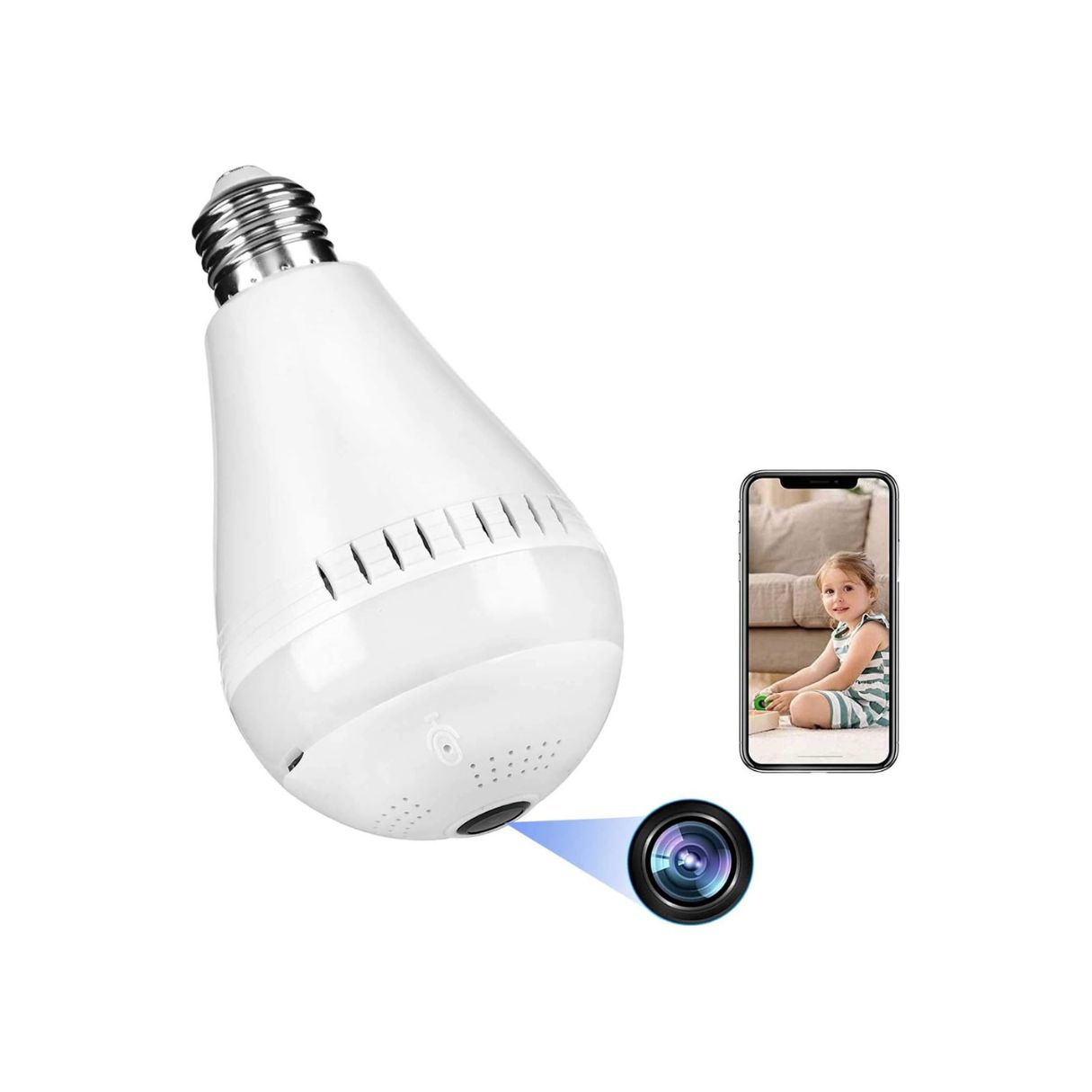

Articles
How To Tell If A Light Bulb Has A Camera
Modified: August 26, 2024
Learn how to easily detect hidden cameras disguised as light bulbs with our informative articles. Protect your privacy and stay safe in your own space!
(Many of the links in this article redirect to a specific reviewed product. Your purchase of these products through affiliate links helps to generate commission for Storables.com, at no extra cost. Learn more)
Introduction
As technology continues to advance, so do the methods used by individuals for surveillance. Hidden cameras have become increasingly popular tools for spying and invasion of privacy. One common and unexpected hiding place for hidden cameras is within light bulbs.
In this article, we will discuss how to tell if a light bulb is a camera and some signs to look out for. We will also provide steps you can take to check if a light bulb is a camera and offer additional tips and precautions to protect your privacy.
Whether you are concerned about potential hidden cameras in your home, office, or other public spaces, this article will provide you with valuable information to help you identify the presence of a hidden camera in a light bulb.
Key Takeaways:
- Stay vigilant for signs of hidden cameras in light bulbs, such as unusual glare, blinking lights, irregularities, and unexplained Wi-Fi networks. Regularly inspect your surroundings and consider consulting professionals for peace of mind.
- Protect your privacy by conducting visual inspections and signal sweeps to detect hidden cameras. Use privacy protection tools, secure your Wi-Fi network, and be cautious in public spaces. Stay informed and proactive to safeguard your personal space.
Types of Hidden Cameras
Hidden cameras can come in various forms, designed to be discreet and blend into their surroundings. They can be categorized into two main types: wireless cameras and wired cameras.
Wireless Cameras: These types of hidden cameras have gained popularity due to their convenience and ease of installation. Wireless cameras transmit video and audio signals wirelessly to a receiver or through a Wi-Fi connection. They often come in small sizes and can be disguised as everyday objects such as light bulbs, clocks, or even picture frames. Wireless cameras are ideal for situations where running wires would be difficult or conspicuous.
Wired Cameras: Wired cameras, on the other hand, require physical connections to transmit video and audio signals. They are typically connected to a recording device or monitor via cables. Wired cameras can be installed discreetly, but the presence of visible wires may indicate their presence. They are often used in commercial settings, such as offices or stores, where a more permanent surveillance solution is needed.
Both wireless and wired hidden cameras can be concealed in light bulbs, taking advantage of their inconspicuous nature. The choice of the type of hidden camera often depends on the specific surveillance needs and the environment in which they are intended to be used.
How Cameras Can Be Concealed in Light Bulbs
Light bulbs provide an ideal hiding spot for hidden cameras due to their ubiquity and inconspicuous nature. Here are two common ways cameras can be concealed in light bulbs:
Micro Camera Technology: With advancements in technology, cameras have become smaller and more discreet. Micro cameras, also known as pinhole cameras, are tiny cameras that can be easily hidden within the structure of a light bulb. These cameras are designed to capture high-quality video while remaining virtually invisible to the naked eye. They can be strategically placed within the bulb, allowing for effective surveillance without raising suspicion.
Infrared Cameras: Infrared (IR) cameras are another type of hidden camera commonly found within light bulbs. These cameras use infrared technology to capture images even in low-light or no-light conditions. IR cameras have the ability to detect and amplify the thermal radiation emitted by objects, allowing them to capture clear images in the dark. By concealing an IR camera within a light bulb, individuals can conduct covert surveillance without raising any suspicion.
Both micro cameras and infrared cameras offer discreet surveillance capabilities within light bulbs, making them a popular choice for those looking to invade privacy or monitor activities without detection.
Signs to Look for to Identify a Camera in a Light Bulb
Identifying a hidden camera within a light bulb may not always be easy, but there are certain signs you can look for that may indicate the presence of a camera:
1. Unusual Glare or Reflection: Keep an eye out for any unusual glare or reflection coming from the light bulb. Hidden cameras within bulbs may cause a different kind of reflection compared to regular bulbs, due to the camera lens or other components inside.
2. Red or Green Blinking Lights: Some hidden cameras have indicator lights that blink, usually red or green, to indicate recording or Wi-Fi connectivity. If you notice any blinking lights coming from a light bulb, it could be a potential sign of a hidden camera.
3. Irregularities in the Bulb: Examine the light bulb closely for any irregularities. Hidden cameras may cause the bulb to appear different from a regular bulb, such as extra weight or unusual shapes. Suspicious wires or lenses may also be visible inside the bulb.
4. Unexplained Wi-Fi Networks: Hidden cameras that transmit footage wirelessly may create their own Wi-Fi network to facilitate remote access. If you detect an unexplained Wi-Fi network in your vicinity, it could be a hidden camera within a light bulb or other disguised object.
It’s important to note that these signs are not definitive proof of a hidden camera, but they can serve as red flags to investigate further.
Look for any unusual or out-of-place features on the light bulb, such as a lens or a small hole. Use a flashlight to shine light into the bulb to check for any hidden camera components.
Steps to Check if a Light Bulb is a Camera
If you suspect that a light bulb may contain a hidden camera, here are two steps you can take to confirm your suspicions:
1. Visual Inspection: Start by conducting a thorough visual inspection of the light bulb. Examine the bulb closely for any signs of irregularities or suspicious features. Look for visible wires, lenses, or any other components that seem out of place. Pay attention to the shape and weight of the bulb—hidden cameras may alter these aspects. If you notice anything unusual or suspect, it may be an indication that the light bulb contains a hidden camera.
2. Conducting a Signal Sweep: A more advanced method to detect hidden cameras within a light bulb is by conducting a signal sweep. To do this, you will need a device specifically designed for detecting wireless signals, such as a bug detector or a radio frequency (RF) detector. These devices can help identify the presence of wireless transmissions, which hidden cameras often utilize to transmit video and audio signals.
Turn on the RF detector and scan the light bulb and its surroundings. Move the detector around the area in a slow and methodical manner, paying attention to any significant signal spikes or fluctuations. If the detector picks up any strong signals that are consistent with the frequency used by wireless cameras, it may indicate the presence of a hidden camera within the light bulb.
Remember, these steps are meant to serve as a guide and may not be foolproof. If you have strong suspicions or concerns about hidden cameras, it’s best to consult with professionals who specialize in electronic surveillance detection.
Read more: How To Tell If A Mattress Has Mold
Additional Tips and Precautions
When it comes to protecting your privacy and ensuring the absence of hidden cameras in your surroundings, here are a few additional tips and precautions to consider:
1. Regularly Inspect Your Surroundings: Make it a habit to regularly inspect your surroundings, including light bulbs, for any signs of hidden cameras or suspicious devices. Take note of any changes or irregularities in your environment, such as new or moved objects. Stay vigilant and trust your instincts if something feels out of place.
2. Consult Professionals if Suspicious: If you have strong suspicions or concerns about hidden cameras, it’s advisable to consult with professionals who specialize in electronic surveillance detection. They have the expertise and specialized equipment to conduct thorough sweeps and identify any hidden cameras that may be present.
3. Use Privacy Protection Tools: Consider using privacy protection tools, such as camera lens detectors or infrared light detectors. These devices can help you identify hidden cameras by detecting the presence of camera lenses or infrared light emissions. Utilizing such tools can provide an extra layer of security and peace of mind.
4. Secure Your Wi-Fi Network: To prevent unauthorized access to your wireless cameras (or potential hidden cameras), ensure that your Wi-Fi network is securely encrypted with a strong password. Regularly update your router’s firmware and enable any security features offered by your network provider.
5. Be Mindful of Public Places: When in public spaces, such as hotel rooms, public restrooms, or changing rooms, be cautious and aware of your surroundings. Avoid placing your belongings near suspicious-looking light bulbs and report any concerns to the appropriate authorities immediately.
By following these additional tips and precautions, you can take proactive measures to safeguard your privacy and detect any hidden cameras that may be infringing upon it.
Conclusion
Hidden cameras concealed within light bulbs present a unique and unsettling invasion of privacy. As technology continues to advance, so do the methods used by individuals for surveillance. It is important to be aware of the signs and take necessary precautions to protect yourself.
In this article, we discussed the types of hidden cameras that can be found within light bulbs, including wireless cameras and wired cameras. We explored how cameras can be concealed using micro camera technology and infrared cameras, taking advantage of the inconspicuous nature of light bulbs.
We also highlighted several signs to look for when trying to identify a hidden camera within a light bulb, such as unusual glare or reflection, blinking lights, irregularities in the bulb, and the presence of unexplained Wi-Fi networks.
To check if a light bulb is a camera, we presented two steps: visual inspection and conducting a signal sweep using specialized detection devices. However, it is important to consult professionals if you have strong suspicions or concerns.
Additionally, we provided some additional tips and precautions, such as regularly inspecting your surroundings, consulting professionals when suspicious, using privacy protection tools, securing your Wi-Fi network, and being mindful of public places.
Remember, protecting your privacy is of utmost importance. Stay vigilant, trust your instincts, and take appropriate action if you suspect the presence of hidden cameras within light bulbs or any other objects in your surroundings.
By staying informed and proactive, you can help ensure your privacy remains intact and your personal space remains secure.
After learning how to spot a camera hidden in a light bulb, you might be curious about other innovative ways to maintain your home's security discreetly. Delving deeper into creative surveillance solutions can provide peace of mind without sacrificing style. Our next feature covers a range of clever setups that integrate seamlessly into your home decor. Whether you're a tech enthusiast or simply seeking extra security, these ideas ensure your spaces are monitored subtly yet effectively. Don't miss out on exploring creative hidden camera ideas for home surveillance.
Frequently Asked Questions about How To Tell If A Light Bulb Has A Camera
Was this page helpful?
At Storables.com, we guarantee accurate and reliable information. Our content, validated by Expert Board Contributors, is crafted following stringent Editorial Policies. We're committed to providing you with well-researched, expert-backed insights for all your informational needs.
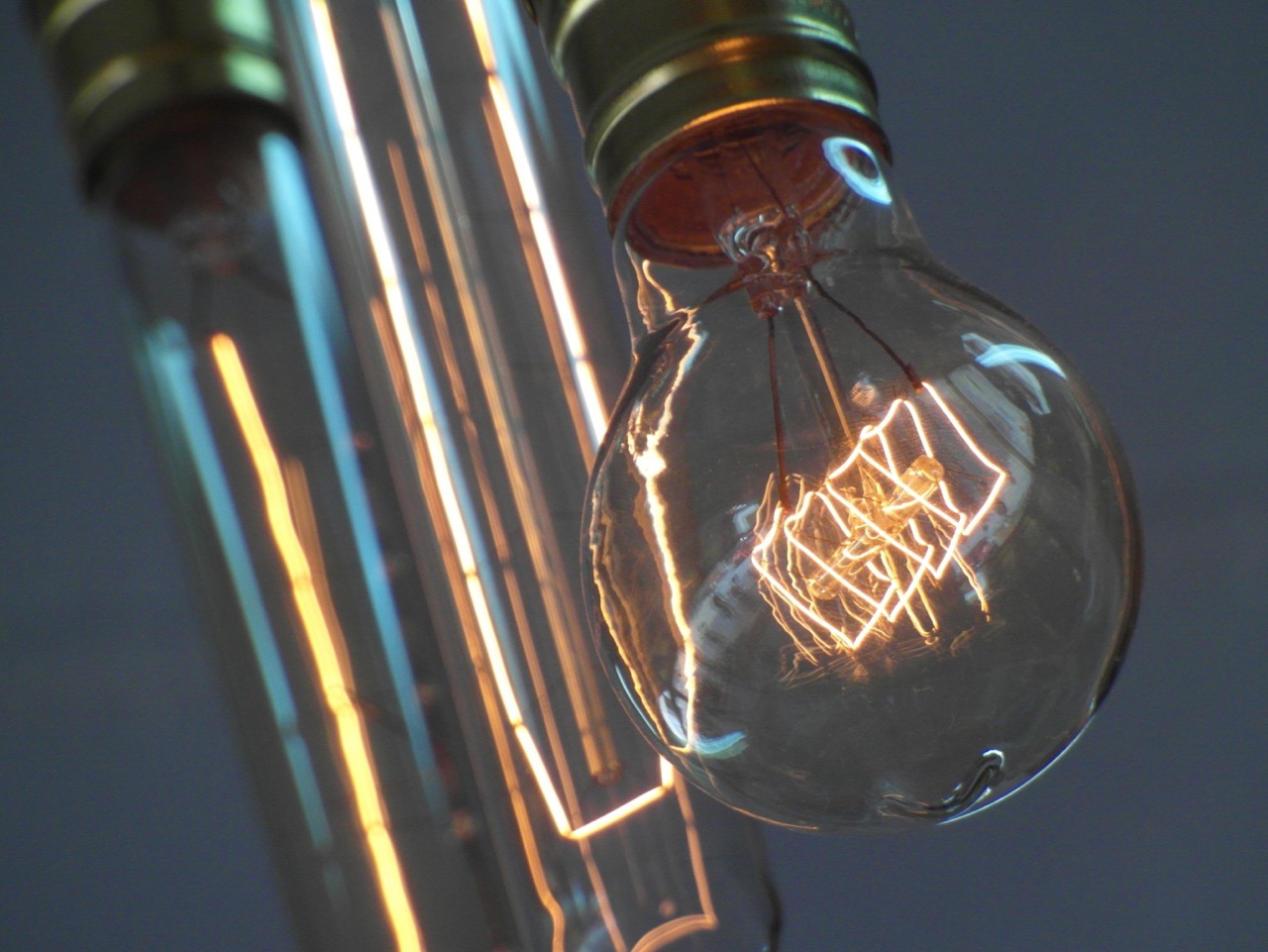
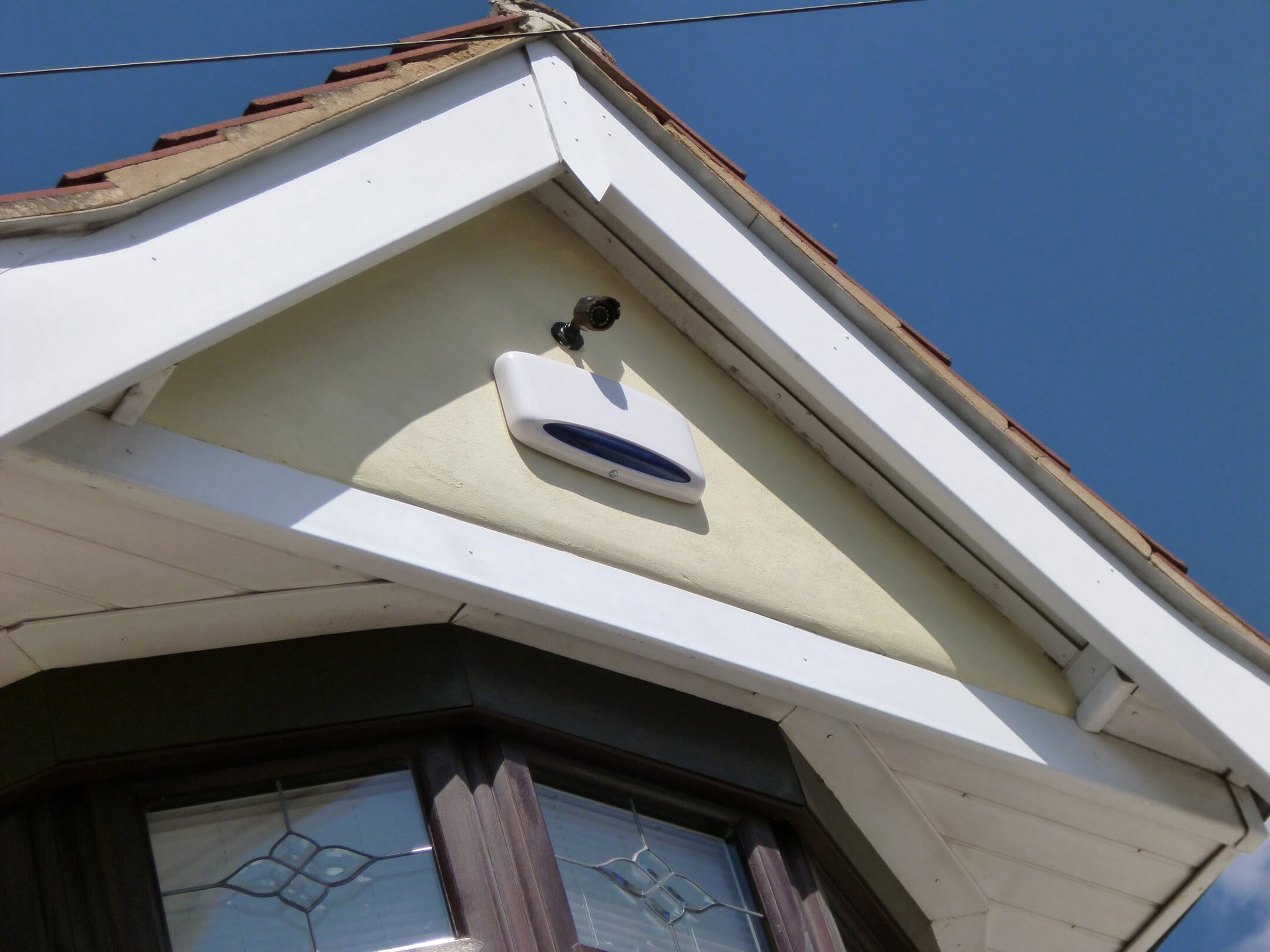
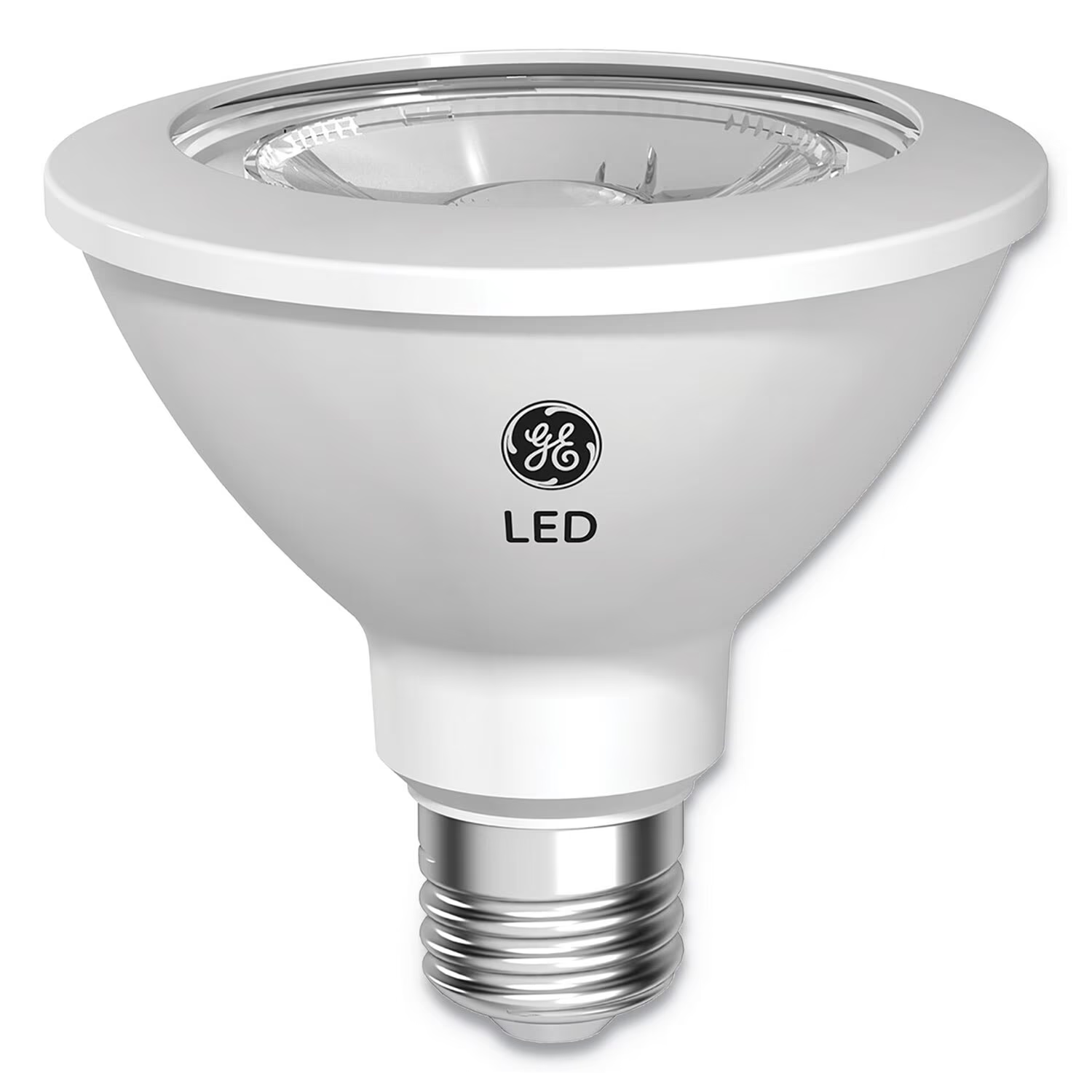
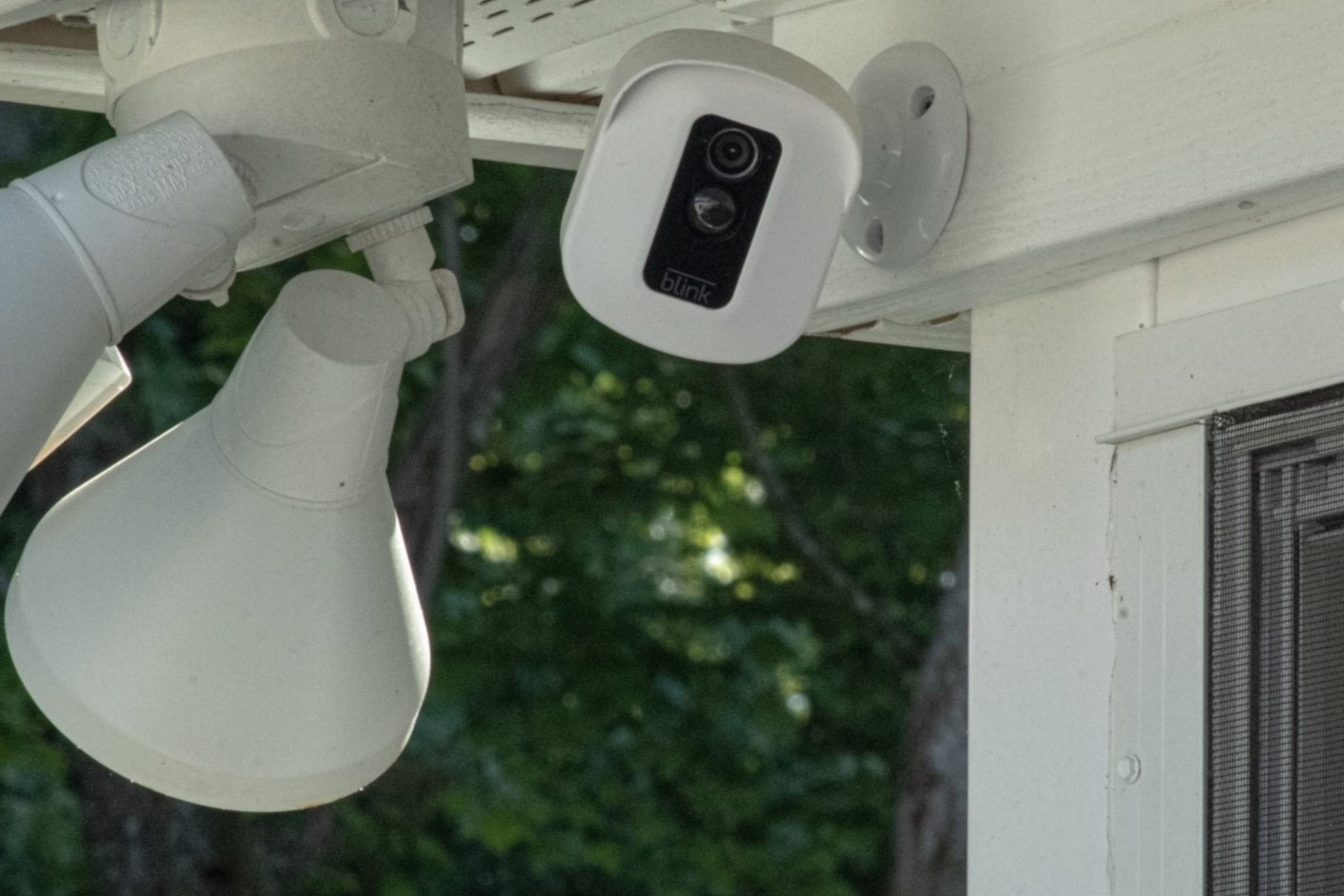
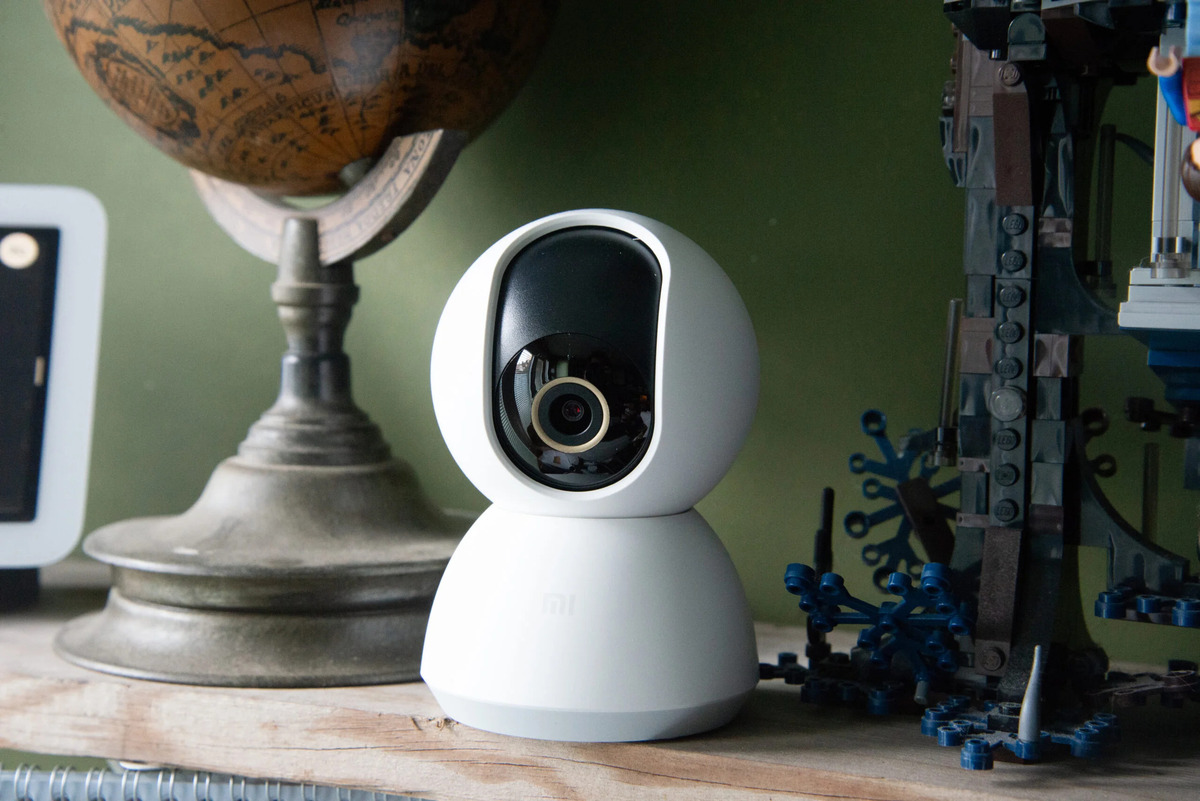
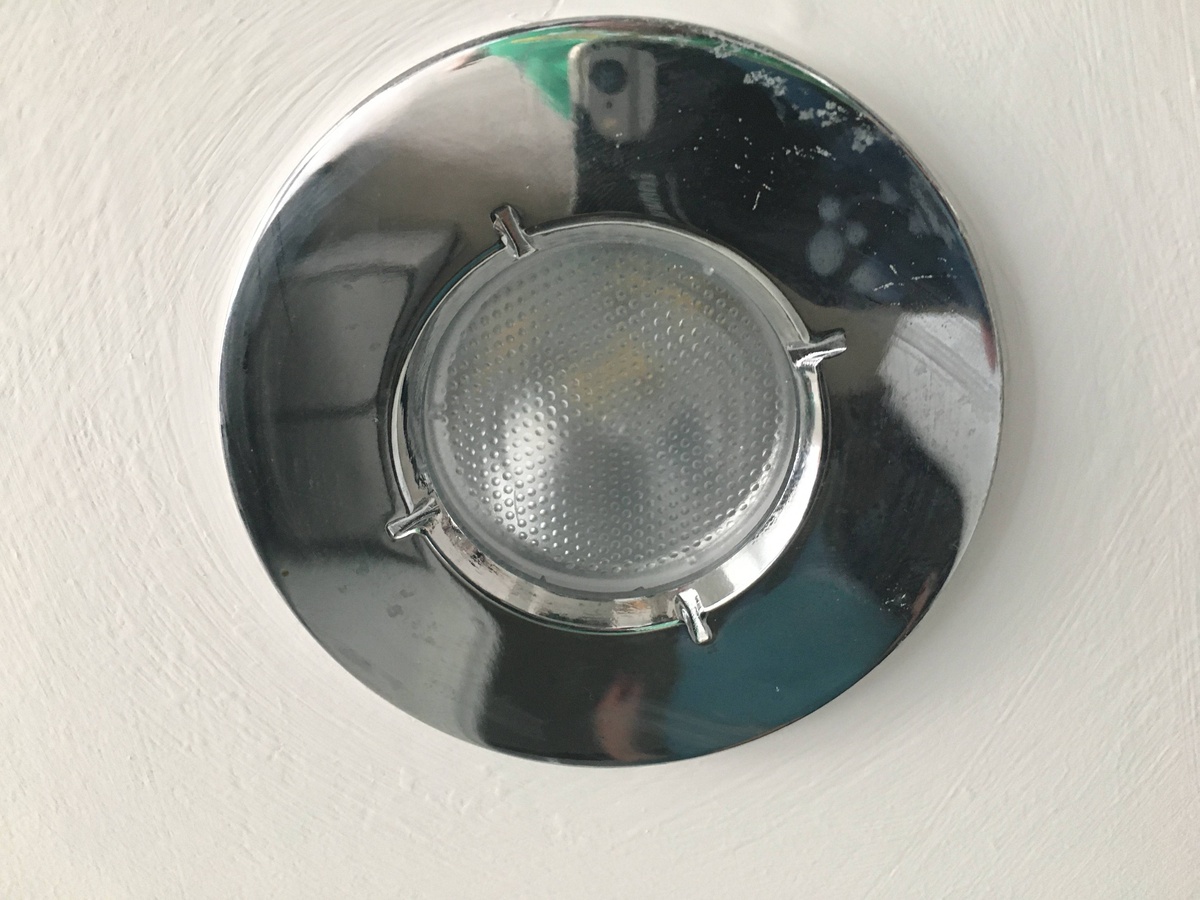
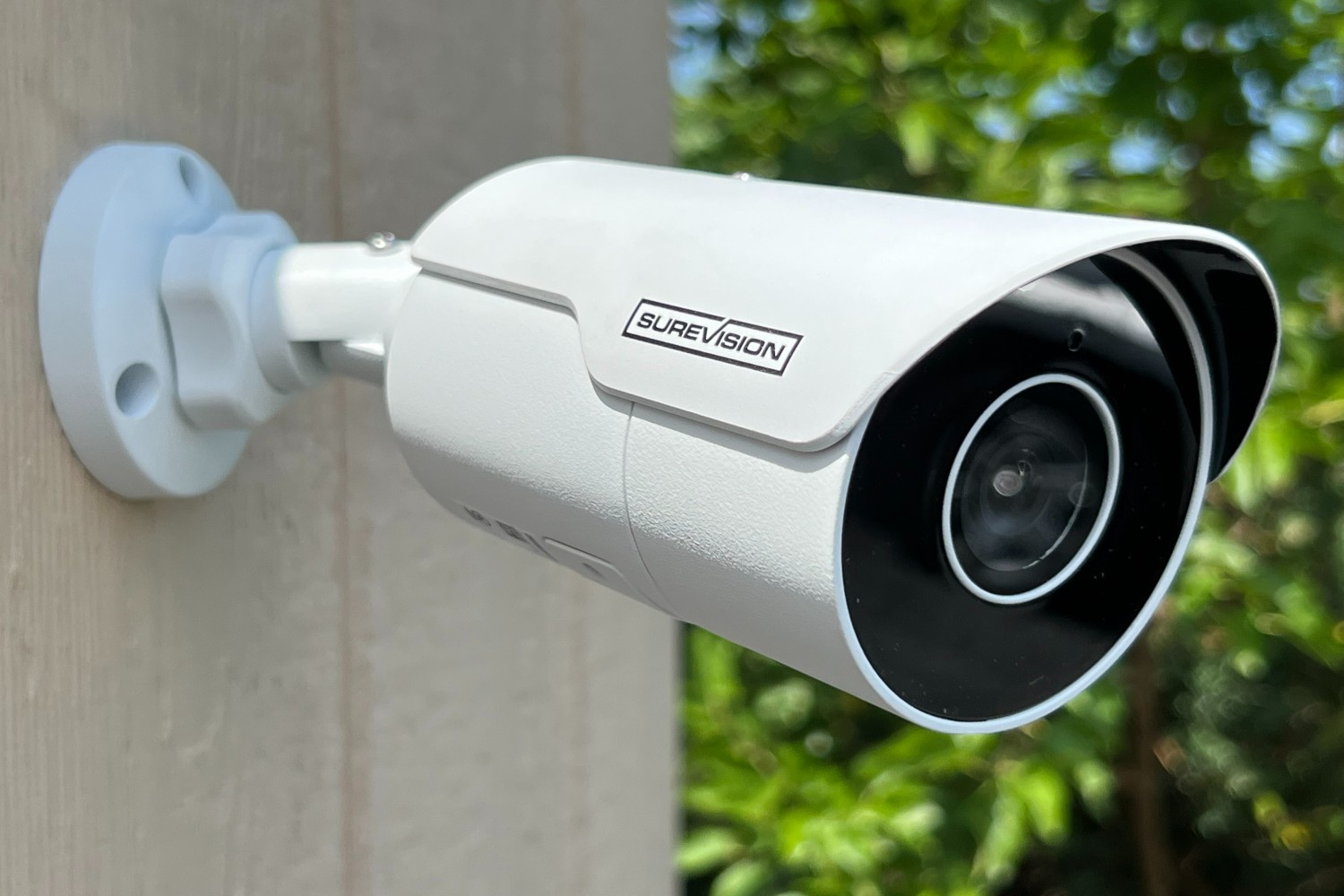

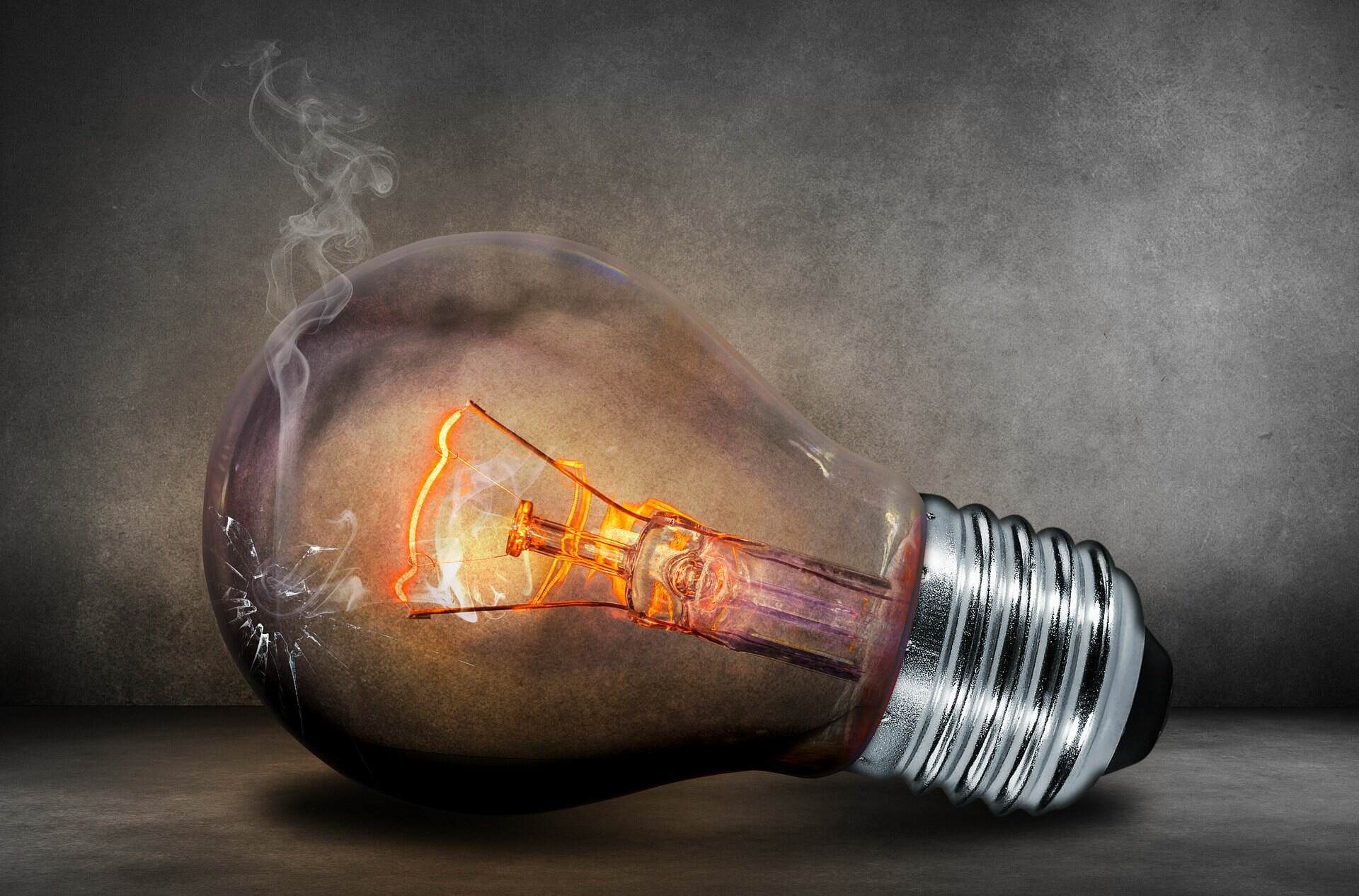
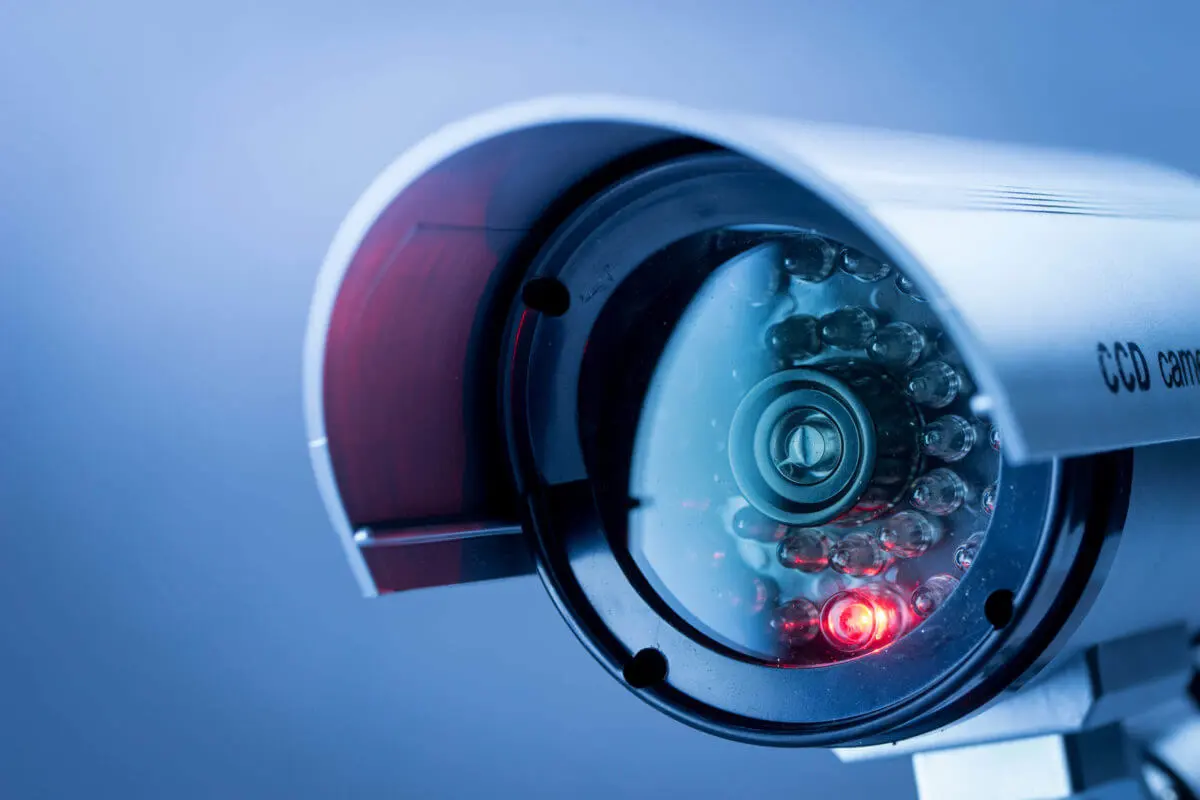
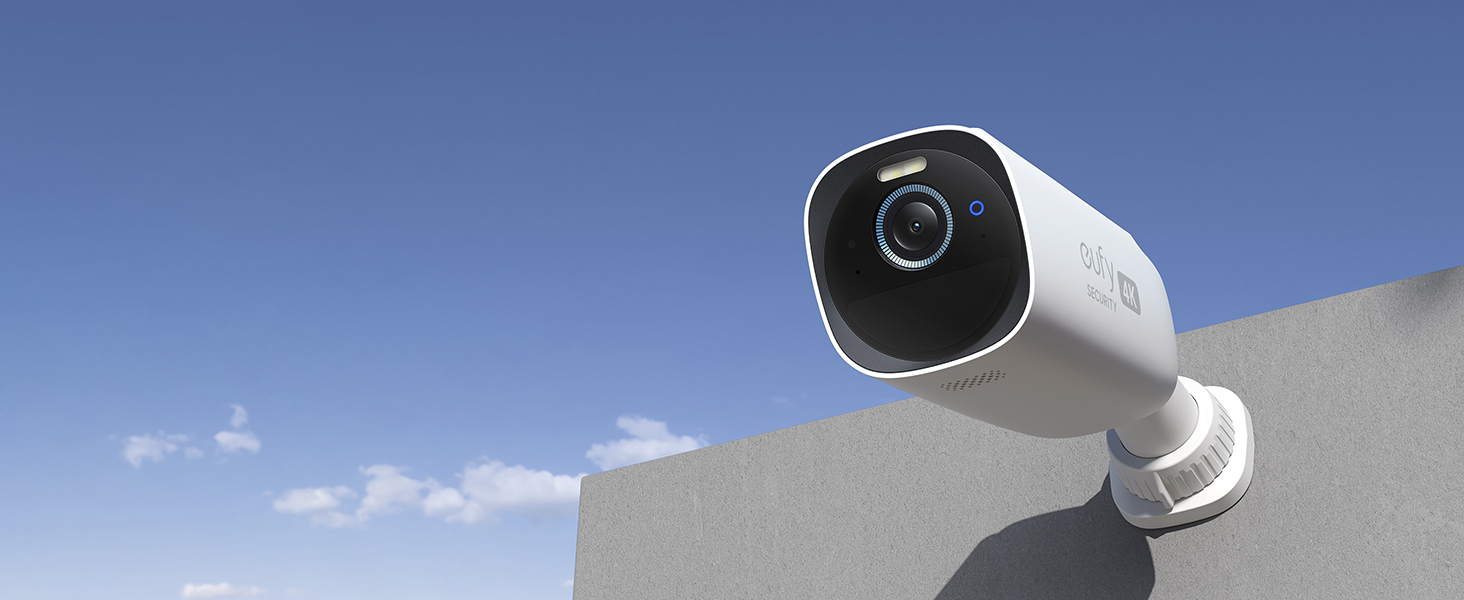
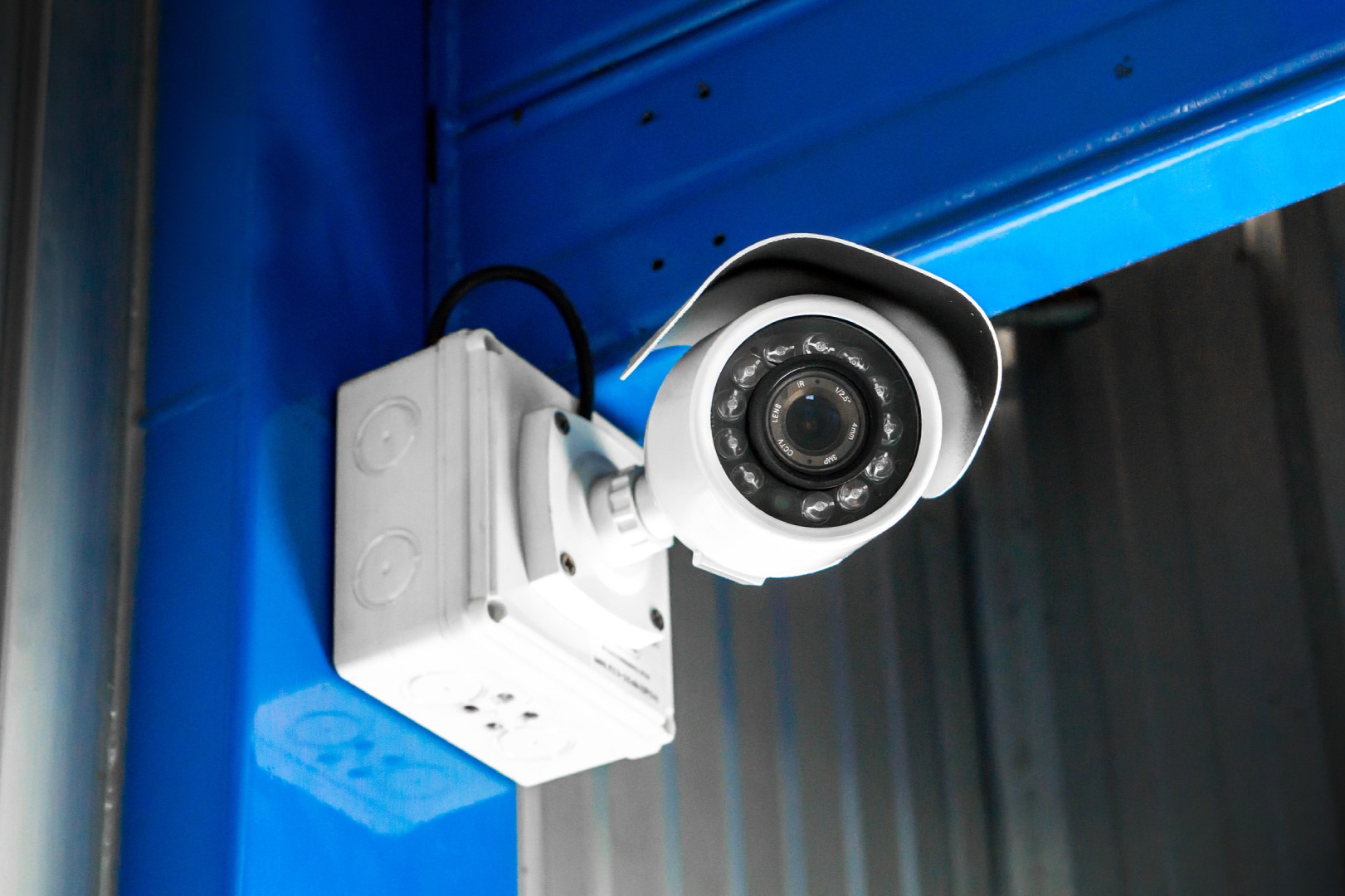
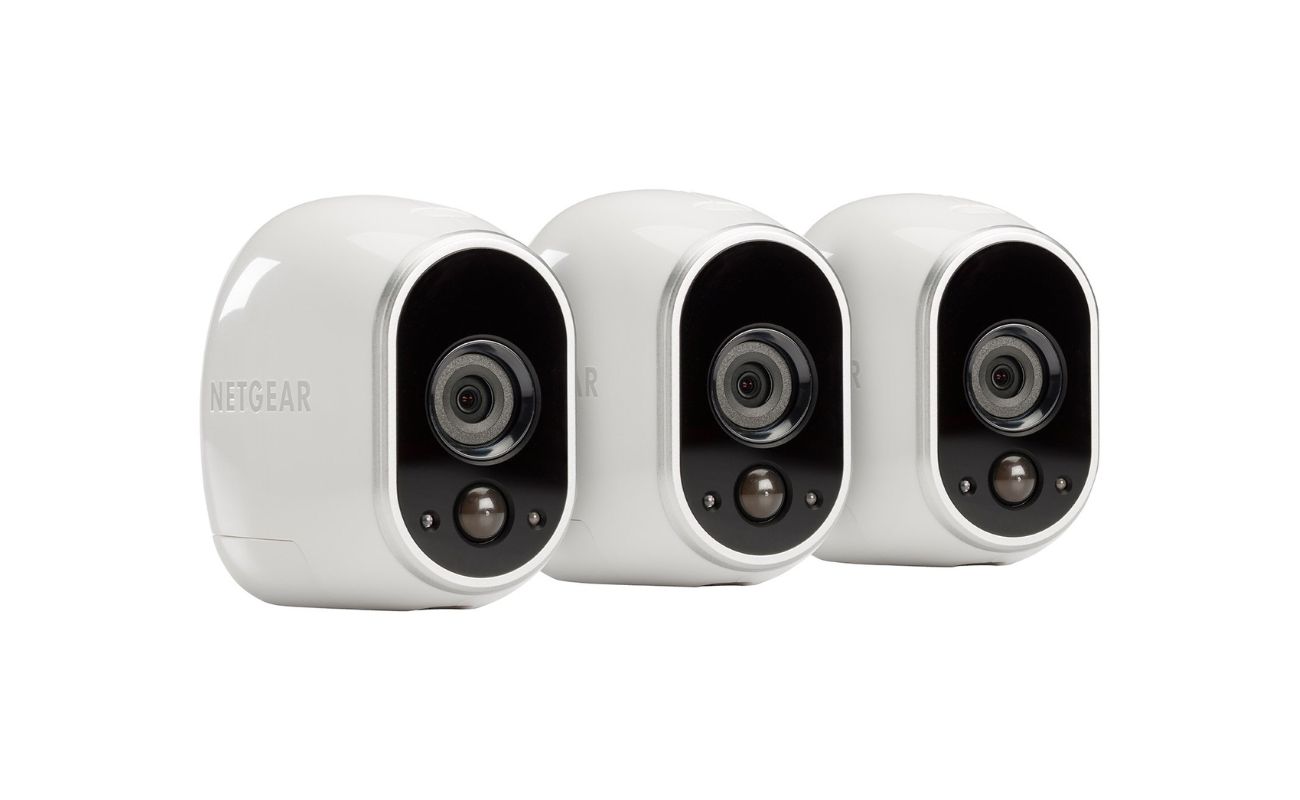


0 thoughts on “How To Tell If A Light Bulb Has A Camera”